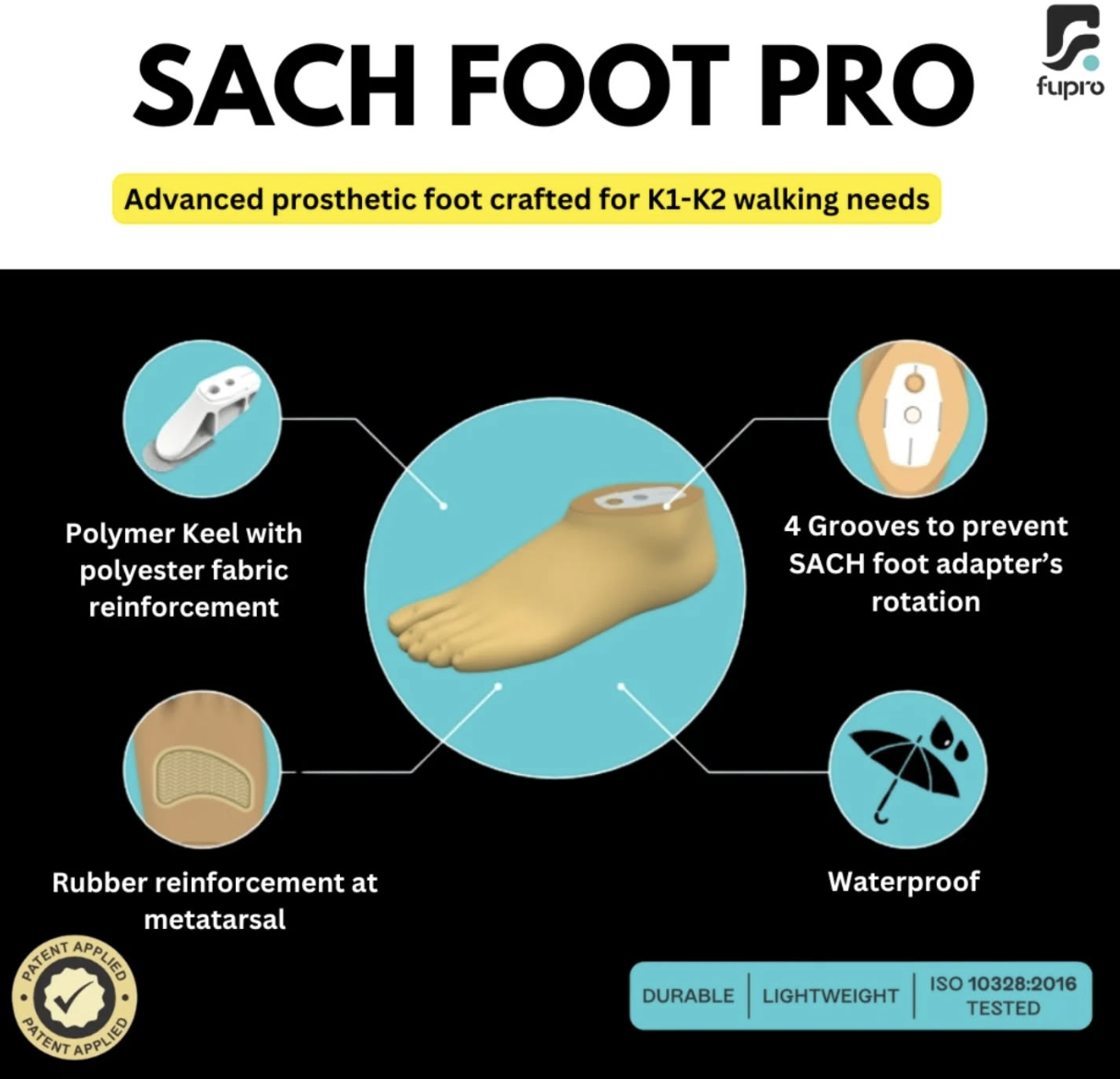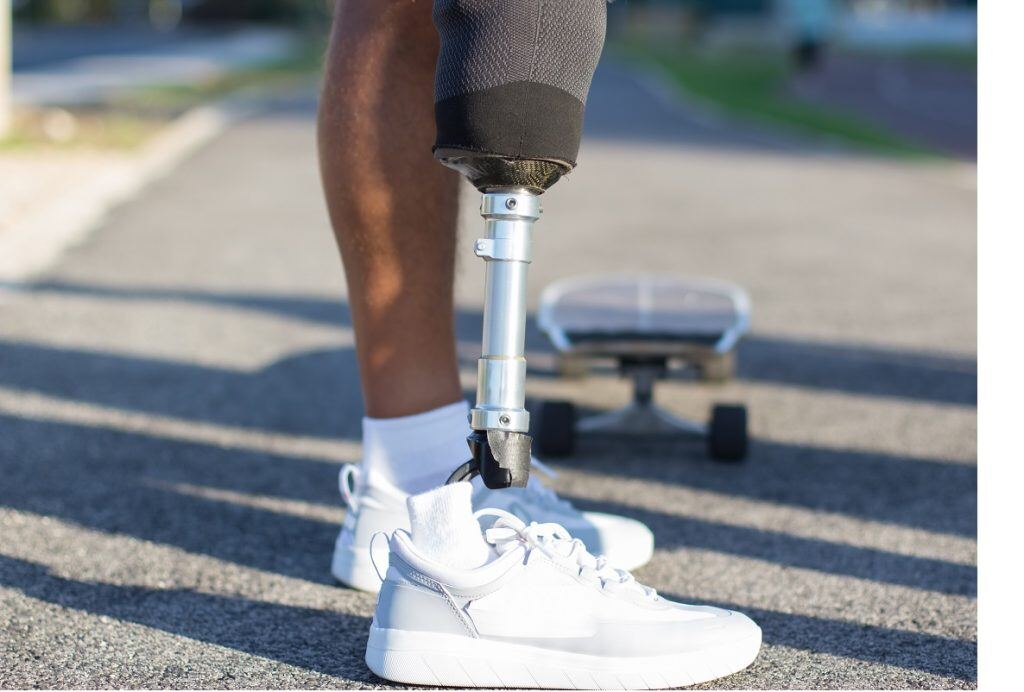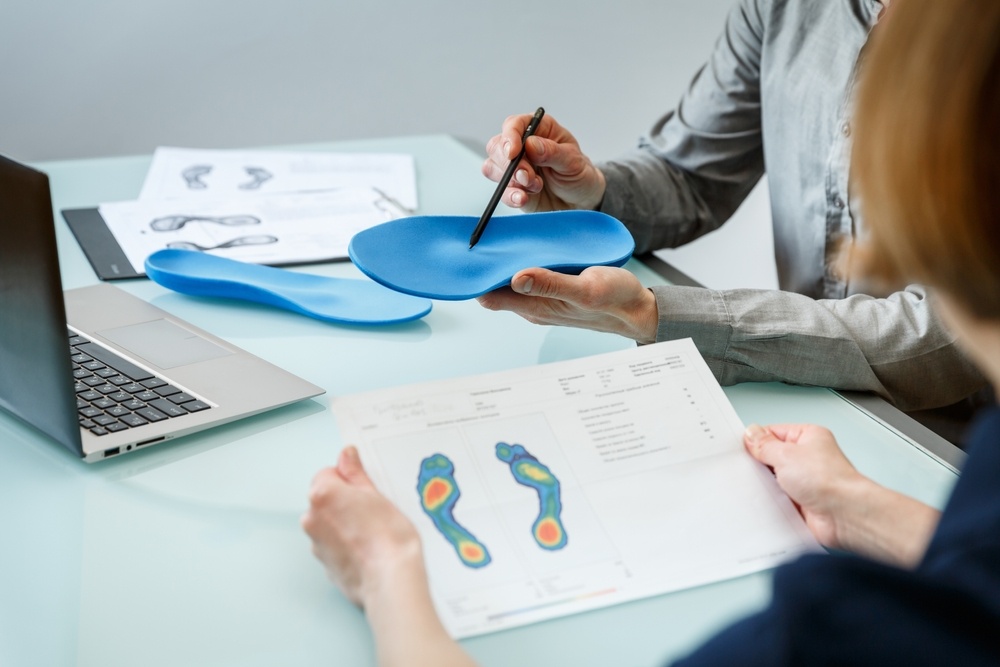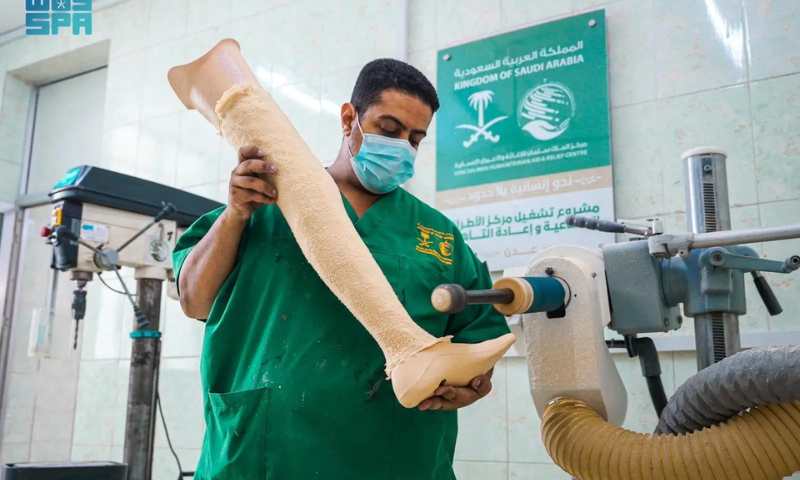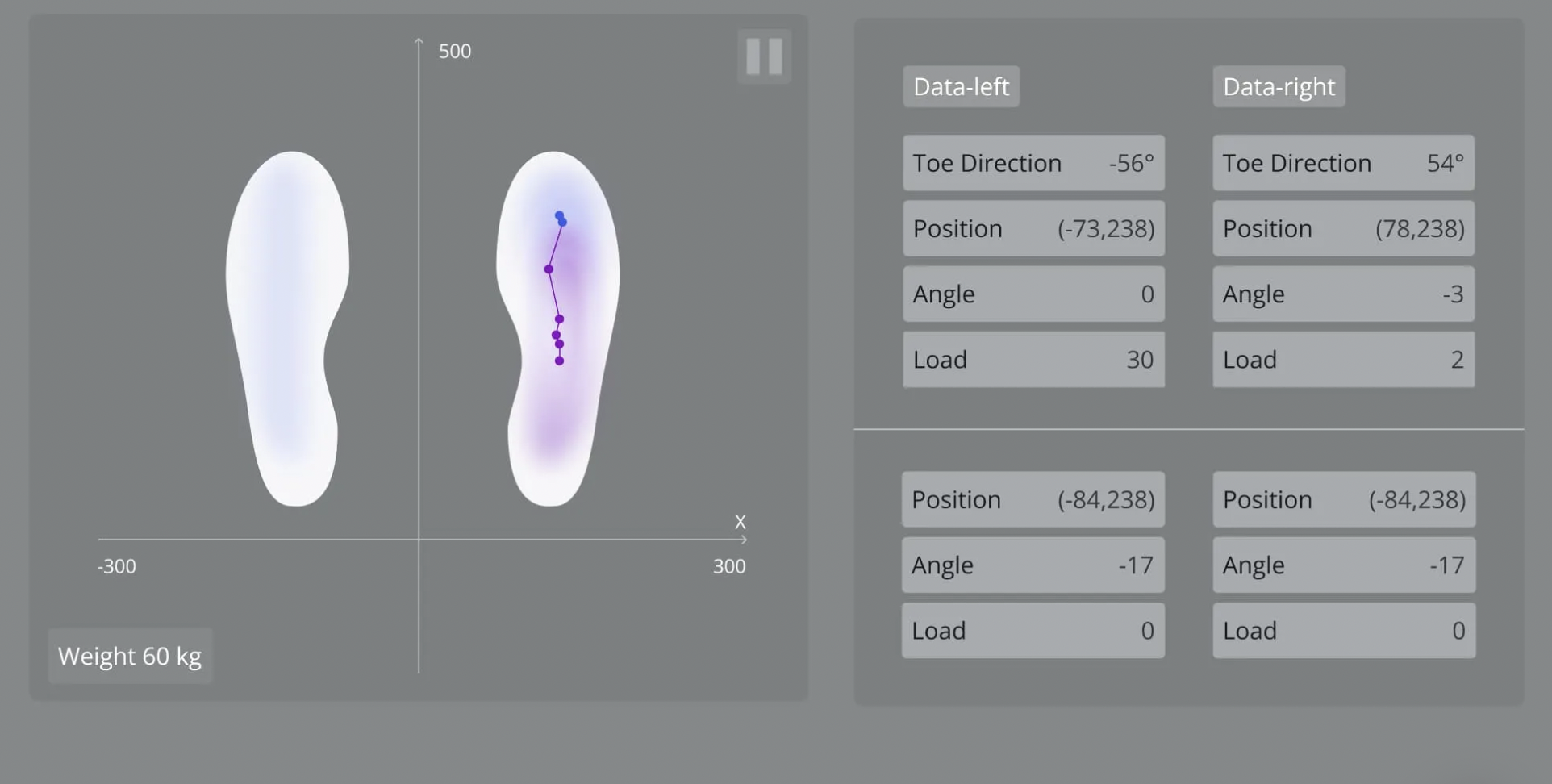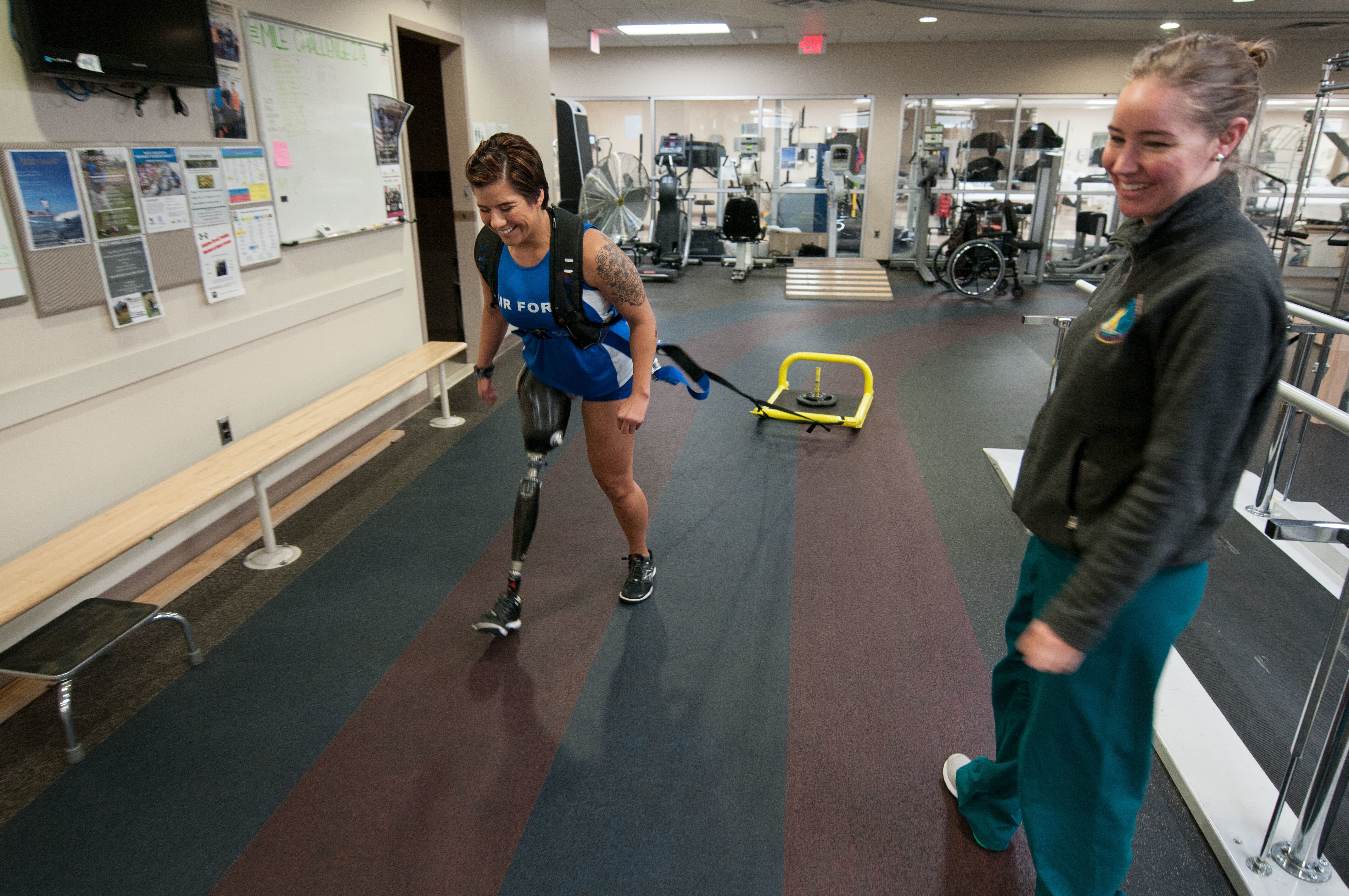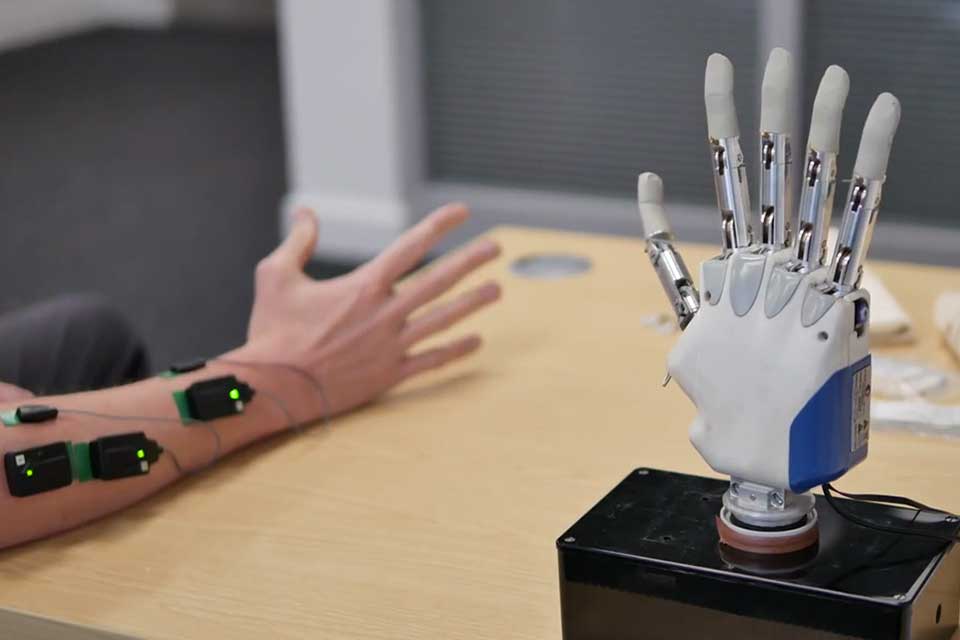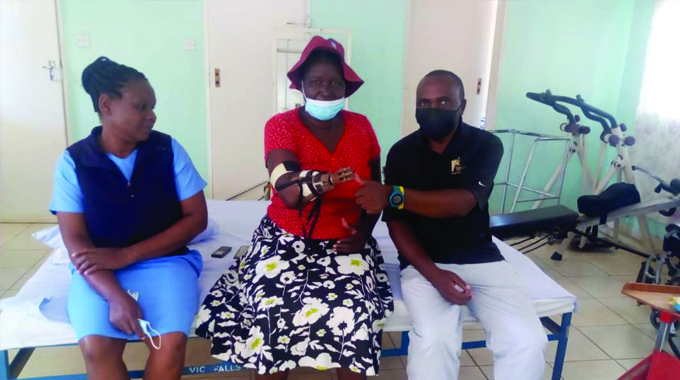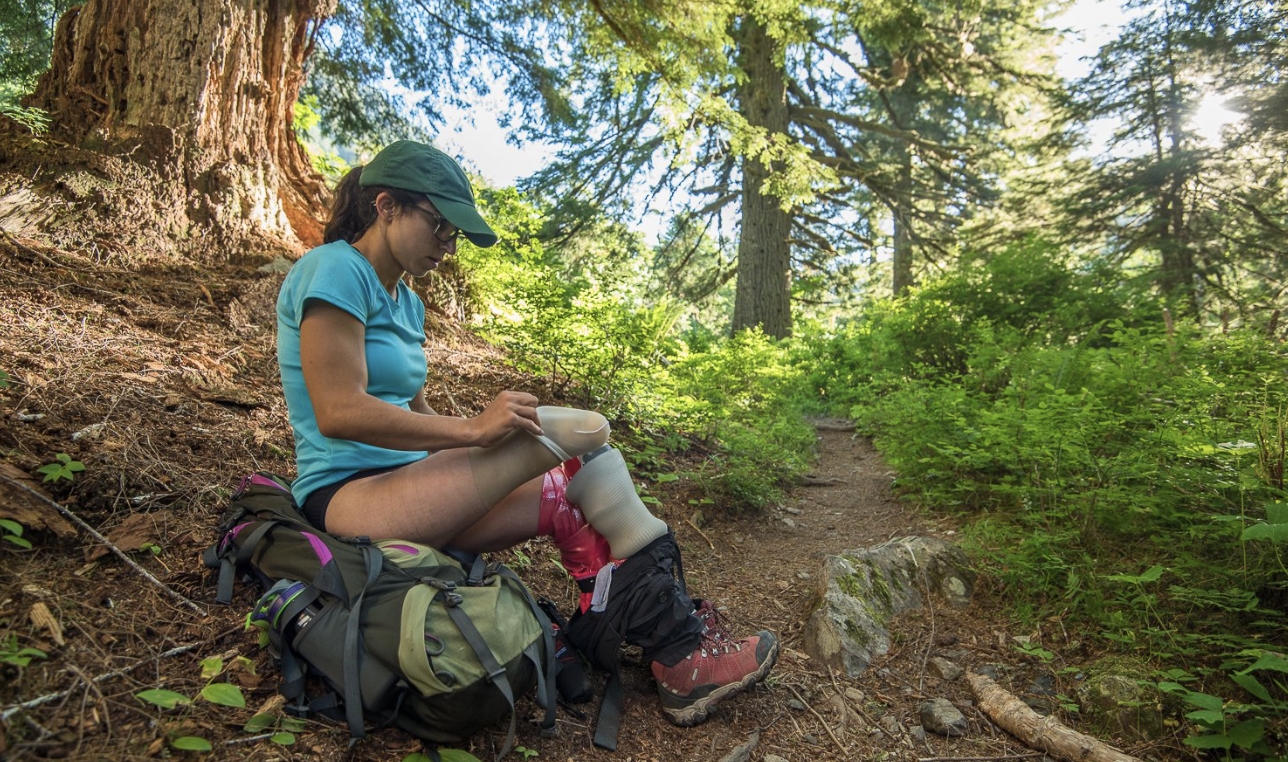Amputees enjoyed a social media coming-out party of sorts on June 12, 2013. That’s the day Christina Stephens—aka AmputeeOT—posted a five-minute YouTube video of herself building a prosthesis for her newly amputated leg. Out of Lego bricks.
The clip quickly went viral, racking up a couple million views right out of the gate. (It’s now in the neighborhood of 10 million.) Beyond its sheer entertainment value, the clip provided an early demonstration of how social media could empower amputees to reclaim their own narrative. Stephens’ DIY storytelling was a revelation, free of the usual stereotypes. She showcased a spirit—creative, ironic, carefree—that people rarely associated with limb loss in those days.
“I don’t feel sorry for this woman at all,” one viewer wrote in the comments. “To be honest, I may be jealous of her attitude.”
There quickly followed an explosion of amputee social media stars: Johnny Maynard (Crew 9T) and Jordan Beckwith (Footless Jo) on YouTube, Isabelle Weall (itzizz) and Amy Bream (onelegtostandon) on Instagram, Aaron Acosta on TikTok. These everyday amputees, and dozens of others, gained online fame by sharing authentic, entertaining stories about their lives with limb loss. Amputees who’d initially gained fame in sports (Hunter Woodhall), fashion (Mama Cax), reality TV (Amy Purdy), and other realms migrated to social platforms, too, using their notoriety to bring limb loss out of the shadows and normalize it.
The popularity of these channels has changed the way nondisabled people view amputees—and the way amputees view themselves. Social media created hubs of community for people who felt isolated; it emboldened people who’d previously concealed their limb loss out of modesty or embarrassment; and it educated nondisabled people who’d never encountered limb loss before, busting stereotypes and removing stigma.Today there’s a whole constellation of amputee narrators on social media, teaching society to see limb loss through new eyes. There’s only one thing missing from this galaxy, but it’s a really big thing: We can’t name a single social media celebrity who lost their limb because of diabetes.
Read back through the names we dropped up above. They all lost limbs through traumatic injury, cancer, congenital factors, or rare diseases. And there are dozens of other examples. But we’re not aware of even one amputee who lost their limb due to diabetes and has a six-figure following on social media. That’s baffling. Diabetes is the biggest single cause of limb loss in the United States. According to the Amputee Coalition’s 2024 prevalence study, more than half of the amputee population lost their limbs because of diabetes. Amputees with diabetes are a nation unto themselves, well over a million Americans and rapidly growing.
Yet they’re almost completely invisible on social media.
To be clear, plenty of amputees with diabetes use social media. But none of them are leveraging the platforms to proudly share their journey with tens or hundreds of thousands of followers. That means more than half of Limb Loss Nation can’t find a social media role model who’s truly like them. It also means nondisabled Americans are getting an incomplete view of who amputees are and how they live.
This absence may partly be a function of age: Most people who lose limbs from diabetes are 50 or older, which isn’t the sweet spot for social media stardom. But there may be a bigger, more concerning reason that amputees with diabetes are so inconspicuous on social media: Maybe they don’t want to be seen.
“It’s not as romantic to lose your limb to diabetes as it is to have a motorcycle accident or step on a landmine,” says Tracy Alverson, who had her left leg amputated below the knee in 2016 because of diabetes. “People feel a traumatic injury was out of your hands, whereas diabetes is considered a ‘lifestyle illness.’”
“If they find out you’re diabetic, it’s almost like you’re the problem,” adds Jeffrey Hamrick, another amputee with diabetes. “‘You lost a limb? Well, why didn’t you eat healthy and have granola in the morning and run?’”
Overall, amputees on social media have made huge progress in normalizing limb loss. But amputees with diabetes are still facing prejudice and stigma. They don’t want people’s attention. And that perpetuates the problem.
“Eventually Diabetes Will Nail You”
Hamrick was an expert on diabetes-related limb loss long before he experienced it himself. A retired clinical pharmacist from Huntington, West Virginia, he spent his career as a diabetes specialist, educating patients and future healthcare professionals about disease management and treatment strategies. Hamrick thinks amputees with diabetes tend to avoid the limelight because they’re often dealing with mental health challenges associated with the disease.
“I think there is a higher prevalence of depression among people who have lost a limb due to diabetes,” he says. “There’s a whole suite of related health issues that might cause a person either to not want to share their story, or to not have the wherewithal to tell their story.” Hamrick adds that diabetes erodes people’s mental health long before they lose a limb. “They’re already depressed,” he says. “I used to go around the state and do community awareness talks about diabetes, and there’s a lot of anxiety and depression. People are just sad.”
His firsthand impressions are backed up by reams of research. According to the Centers for Disease Control and Prevention, people with diabetes are two to three times more likely to experience depression than people without diabetes and 20 percent more likely to struggle with anxiety. Mood-related symptoms can be caused in part by unstable blood sugar, but a larger factor seems to be “diabetes distress,” which has been defined as “the burden of relentless daily self-management.” Studies have shown that diabetes distress actively inhibits successful health outcomes, sapping patients’ motivation to exercise or stick to good eating habits. “Ambivalence, denial, inevitability, and helplessness reflected barriers that contributed to amputations,” observed a 2023 paper in the journal Practical Diabetes. “It is important to address psychological and emotional challenges at an early stage to help reduce the risk of foot deterioration and/or amputation.”
Unfortunately, the paper concluded, diabetes distress isn’t widely recognized or addressed among health practitioners. Alverson thinks doctors need to be more forceful in cutting through patients’ emotional fog and conveying the urgency of the situation.
“They don’t mind telling somebody who smokes that if they keep smoking, they’re gonna die,” she says. “But I would go into see my podiatrist or whatever, and they’d ask, ‘How are your blood sugars?’ I’d say ‘They’re okay I guess,’ and that would be it. Maybe I was in denial, but I did not take it seriously. Most of us have a challenging time being positive about self-care to begin with. I can’t hold my doctors responsible for what happened, but I wish somebody had been more candid with me.”
When Alverson finally did require amputation, she had to come to terms with the knowledge that she had contributed to the loss of her limb. “There was a big guilt factor,” she says. “It took time to get to a place where I could forgive myself.”
Hamrick had to have a similar reckoning. His limb became threatened when he was diagnosed with Charcot foot, a neuropathic condition he believes resulted from the years of pounding he subjected his feet to as a martial arts instructor. Over time Hamrick developed microcracks in his soles; one of them enlarged into a foot ulcer, which eventually led to a severe case of sepsis and, ultimately, amputation below the knee.
“It was difficult, because I taught this for 30 years,” he says. “I knew I was headed toward limb loss, and I tried to avoid it. But eventually diabetes will nail you in some fashion.”
“You Start Blaming Yourself”
Salih Hendricks has spent several decades educating people about diabetes. In his native South Africa, the 58-year-old IT professional is one of the most outspoken and effective advocates for diabetes care. He speaks to medical conferences and patient organizations around the globe as an ambassador for the International Diabetes Federation. Despite battling complications in his eyes, kidneys, and peripheral arteries, Hendricks has become one of the diabetes community’s most upbeat and positive voices. The thing that nearly broke him was limb loss.
“Society tells you, ‘You got amputations because you didn’t look after yourself,’” Hendricks says. “‘You ate too many sweets or fatty things.’ And you think to yourself: Am I an embarrassment to myself? Am I an embarrassment to my family? You don’t only take the blame from other people; you start blaming yourself.”
Unlike the other diabetes complications Hendricks has successfully managed, limb loss is transparent. Everyone can see what happened. That leaves the door open to unfair judgment and outright stigmatization. Hendricks says even his wife blamed him when his right leg was amputated above the knee in 2020.
“This is the hardest part psychologically,” he says. “It affects you to every degree. You start staying away and isolating yourself, and it doesn’t just affect you emotionally. It affected me physically. I felt my body running itself down. I didn’t want to take part in any of my exercises. I just wanted to wither away and die. I thought this would be the end of it.”
For more than a year, this vocal champion of diabetes patients was virtually silenced by limb loss. Then a switch got triggered, he says, and his commitment to other people with diabetes roared back to life.
“I said to myself, ‘You are still a man,’” he recalls. “My amputation was done, and I took it as a blessing that I could use my own near-death experience to motivate and educate others.”
Since returning to the fray, Hendricks has focused on improving access to diabetes care and educating patients (particularly in lower-income communities). Above all, he wants to combat the stigma around diabetes-related limb loss—but that can’t be achieved, he says, unless more amputees with diabetes are willing to share their experiences openly.
“If we shy away from who we are, we are stigmatizing ourselves,” he says. “Many people are afraid they’re not going to get a positive response. They’re afraid people aren’t going to listen. But they have to take that risk. There need to be people who will take that risk to break those barriers down in our society.”
“We Need to Have Conversations”
Suzanne St. Germain, who lost her left leg to diabetes in 2018, didn’t want to talk about her amputation with anyone—not even family members—immediately after it happened.
“You’re already depressed, because you’re losing a portion of your body,” she says. “When it’s a traumatic injury, people will say, ‘I’m so sorry,’ and they’ll be supportive. But if it’s a diabetes complication, they’re basically like, ‘Oh, you just don’t take care of yourself.’”
But over time, St. Germain gradually began to lower her guard, posting occasional updates on Facebook and Instagram about her physical and emotional recovery. She continued to do so after she lost her right leg in 2020 due to a series of infections, and when she had subsequent kidney and heart problems. It was therapeutic to have an outlet, St. Germain says—to just tell it straight and not worry about anyone else’s judgment.
And here’s the pleasant surprise: So far, she hasn’t had to take any crap.
“There hasn’t been any negative feedback,” she says. “I was afraid there would be, but there hasn’t been any. All the feedback has been positive. People have thanked me for sharing my story, and that really encourages you to keep going. And you never know when somebody might take a small tidbit out of your life that helps them keep going and persevere through whatever challenges they might be facing. When you think about encouraging other people who may be going through the same stuff, it really does help.”
Alverson, too, says supporting others has helped her become more accepting of herself, and therefore less concerned about what anybody else thinks. In addition to serving as a Certified Peer Visitor through the Amputee Coalition, she’s involved with an adaptive yoga community called Guided by Humanity that’s based near her home in suburban Denver. Through yoga, Alverson has learned to center herself emotionally, which in turn enables her to tune out negativity, radiate strength, and try to help people facing challenges like her own.
“I’m really passionate about diabetes education,” she says. “If I could find a platform to talk about nutrition or talk to people on the front lines of the healthcare system, I like to think that this is part of my assignment in this life. It’s becoming an epidemic, and too many people aren’t making the changes they need to make until it’s too late.”
She’d make a great spokesperson for amputees with diabetes. But at 69 years old, Alverson is not all that interested in social media. She prefers to make her impact through peer visits, yoga classes, theater projects, and other in-person portals. And she’s convinced that amputees with diabetes need more than YouTube LOLs and Instagram memes. They need direct human contact.
“We’re in such a strange time,” she says. “People are keeping themselves remote from the world—which, of course, is not a sustainably healthy lifestyle.”
“I tell people to get out of the house,” agrees Hendricks. “Don’t sit in the chair and watch TV all day. Don’t sit on the couch. We have to go out and meet people, and we have to speak about our experiences. The more we speak about it, the more we break the barriers.”
St. Germain became more vocal than ever after her employer moved her desk from a public-facing suite to an isolated second-floor office. “They basically said, ‘We don’t want you in the public eye because you’re an amputee, and you’re in a wheelchair,’” she says. “That’s one of the reasons I do tell my story, because otherwise people aren’t going to learn what diabetes really does to your body. We need to have conversations with people. Nobody should be able to say, ‘We don’t want you here.’ And nobody should be afraid to tell their story.”


